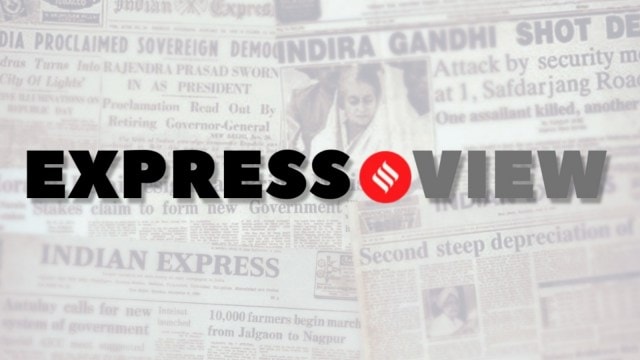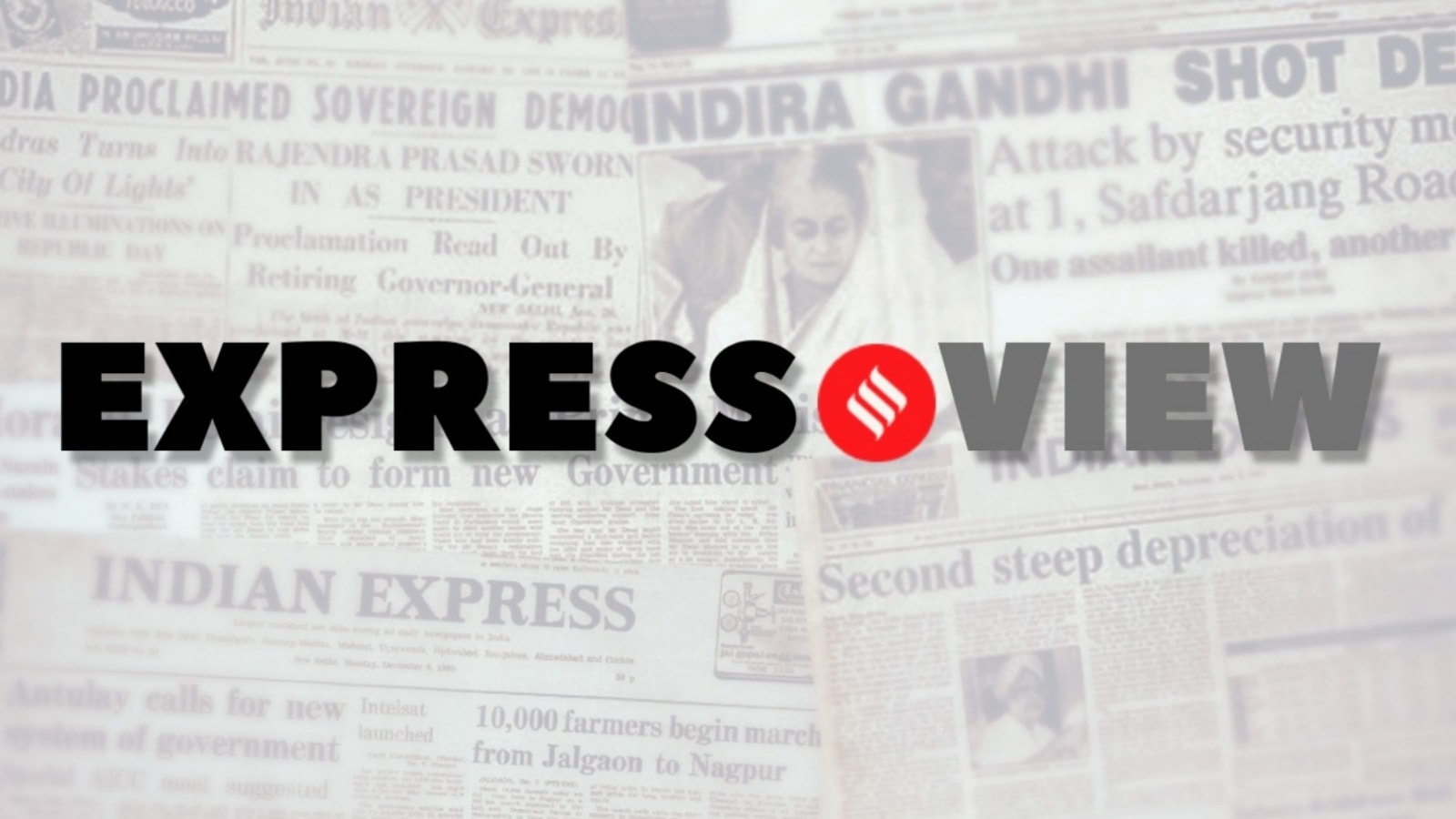Opinion by Editorial
Budget reaches out to the taxpayer, resists fiscal adventurism — significant steps forward in the long road ahead

Feb 2, 2025 07:19 IST First published on: Feb 2, 2025 at 07:17 IST
THE unprecedented income tax relief in Union Finance Minister Nirmala Sitharaman’s seventh successive budget is a political as well as an economic bet on regaining middle-class confidence and spurring flagging consumption growth. Sitharaman has done this while staying the course on fiscal consolidation. The Union Budget for 2025-26 has rejigged personal income tax slabs as well as rates to exempt all those earning up to Rs 12 lakh from any payment. The reliefs, which also extend to individuals in the higher income brackets, are available only under the new tax regime.
Directionally, it makes sense for the country to move towards a regime of lower tax rates with fewer slabs, exemptions and deductions. The finance minister has proposed to bring a new income-tax bill next week that she says will reaffirm the principle of “trust first, scrutinise later”. This is welcome. Acknowledging the honest taxpayer and giving her relief is good politics meeting good economics. Indeed, Sitharaman underlined the Narendra Modi government’s belief in the “admirable energy and ability of the middle class in nation building”. That, in a way, was also an admission of the growing restiveness of a section which has seen no real salary increases and a drying up of remunerative employment opportunities in recent times. In fact, at a time when welfare schemes targeted at the lower end of the social and economic pyramid have become — for all parties — key to their political and economic discourse, the middle-class, taxpayer imperative is stronger than ever. No wonder that the word “middle-class” appears nine times in the latest budget speech, as against only three times in the last one presented just over six months ago.
Story continues below this ad
The second notable feature of the budget is the continuing emphasis on fiscal prudence. Sitharaman had targeted the Centre’s fiscal deficit for 2024-25 at 4.9 per cent of GDP and has managed to better it at 4.8 per cent. For the coming financial year, she has budgeted a figure of 4.4 per cent of GDP, which is a substantial correction from the 9.2, 6.7 and 6.4 per cent of 2020-21, 2021-22 and 2022-23 respectively. The finance minister has said that her government’s endeavour would be to restrain the annual deficit so as to ensure that the Centre’s outstanding debt-GDP ratio “remains on a declining path”. The roadmap outlined in the budget documents envisages bringing down the ratio from 57.1 per cent in 2024-25 to 50 per cent (plus/minus 1 per cent) by March 31, 2031. Sticking to the fiscal glide path and not succumbing to pressures for slowing the pace of deficit reduction should set the stage for the Reserve Bank of India to cut interest rates in its upcoming monetary policy committee meeting. The Indian economy today needs less fiscal stimulus and more monetary and reform stimulus. Creditably, there are no new fiscally imprudent scheme announcements in the latest budget.
There is unfinished business, though. Prime Minister Narendra Modi has framed the budget as a “force multiplier” that will spur savings, investment, consumption and growth. To that effect, ensuring a higher disposable income in the hands of the taxpayer and staying away from fiscal adventurism are key but important challenges remain: Lack of investment and job creation, with knock-on effects on income and spending. The ongoing slowdown, contrary to the government’s claims, predates the geo-economic fragmentation and retreat of globalisation gaining force with the return of Donald Trump and his ushering in of potential trade wars. The private sector has not been investing in building new capacities, despite the government cutting corporate tax rates back in September 2019 and companies sitting on huge cash piles. Even schemes such as production linked incentives have met with limited success. The budget hasn’t quite addressed why firms aren’t investing and what is holding them back. That said, it has projected a nominal growth rate of only 10.1 per cent (real growth rate of 6 per cent-plus) by keeping capital expenditure at high levels as in previous years. It has pinned hopes on the income tax cut leaving more disposable income in the hands of tax-paying households, which will revive sputtering consumption demand.
Whether households choose to either spend or simply save the tax bonanza — like corporates have done — will be known only in the months that follow. In this, the first year of its third term, the Modi government could have also cashed in on its considerable political capital to signal forward movement on much-needed, though contentious, reform measures. For example, rationalising the environmentally-ruinous and inefficient subsidies on fertiliser and food (read cereals) and replacing them with less market-distorting, targeted direct income support schemes. The same goes for privatisation. A big-bang disinvestment plan would have yielded large revenues to fund an ambitious capital expenditure programme.
Story continues below this ad
The economy needs continuing high levels of public investment to support growth. It is unfortunate that the fiscal deficit target for this year is being met by cutting capex to the tune of Rs 92,682 crore over the budget estimate. Growth is never a low-hanging fruit. Reforms that release public resources and unleash the animal spirits of entrepreneurs are key to putting the economy on a sustainable high-growth path in the current not-so-friendly global economic environment. For now, empowering the taxpayer, being mindful of fiscal prudence, allowing 100 per cent FDI in the insurance sector, emphasis on deregulation, and digital transformation are significant steps forward on what is a long road ahead.
© The Indian Express Pvt Ltd



